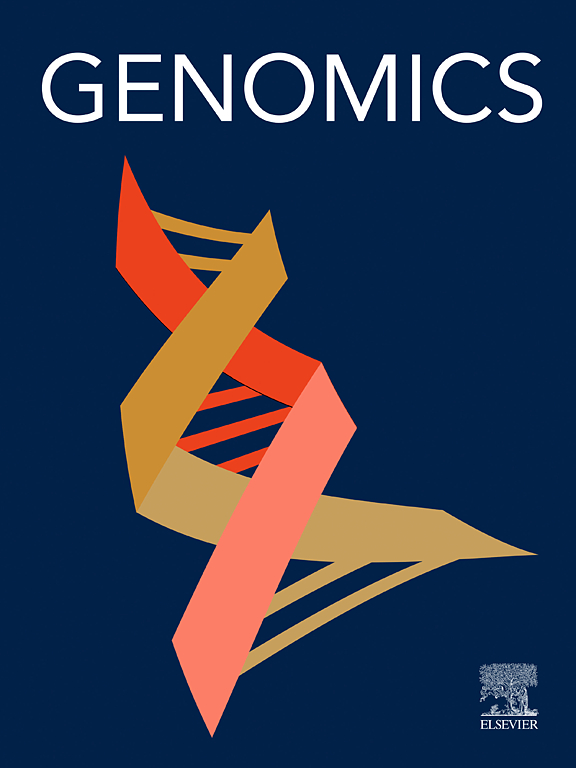Association between salivary microbiota and tacrolimus pharmacokinetic variability in kidney transplant
IF 3.4
2区 生物学
Q2 BIOTECHNOLOGY & APPLIED MICROBIOLOGY
引用次数: 0
Abstract
Kidney transplantation (KT) serves as a highly effective treatment for end-stage renal disease (ESRD). Nonetheless, the administration of tacrolimus, a commonly used immunosuppressant in KT, faces challenges due to the lack of dependable biomarkers for its efficacy and the considerable variability in tacrolimus pharmacokinetics (TacIPV). In this study, 183 saliva samples from 48 KT recipients under tacrolimus therapy, alongside 9 healthy control samples, were subjected to 16S rRNA sequencing. The analysis revealed significant differences in the composition of salivary microbiota among KT recipients, patients with ESRD, and healthy controls. Moreover, trough blood concentrations (C0) of tacrolimus were associated with alterations in microbiota composition. Notably, Capnocytophage consistently exhibited a negative correlation in both group-level and individual trends. Furthermore, distinct taxa were identified that effectively distinguished recipients with varying TacIPV, as demonstrated by a cross-validation random forest model (mean AUC = 0.7560), with Anaerolinea emerging as a prominent contributor to the classifier. These findings suggest that salivary microbiota is closely linked to tacrolimus C0 levels and could aid clinicians in differentiating KT recipients based on TacIPV.
肾移植患者唾液微生物群与他克莫司药代动力学变异之间的关系
肾移植(KT)是治疗终末期肾病(ESRD)的高效疗法。然而,由于缺乏可靠的生物标志物来衡量他克莫司的疗效,而且他克莫司的药代动力学(TacIPV)存在很大的变异性,因此肾移植中常用的免疫抑制剂他克莫司的用药面临着挑战。在这项研究中,对来自 48 名接受他克莫司治疗的 KT 患者的 183 份唾液样本和 9 份健康对照样本进行了 16S rRNA 测序。分析结果显示,KT 受者、ESRD 患者和健康对照组的唾液微生物群组成存在明显差异。此外,他克莫司的血液谷浓度(C0)与微生物群组成的改变有关。值得注意的是,Capnocytophage 在群体水平和个体趋势中始终表现出负相关。此外,交叉验证随机森林模型(平均 AUC = 0.7560)表明,不同的分类群能有效区分不同 TacIPV 的受试者,其中 Anaerolinea 是分类群的主要贡献者。这些研究结果表明,唾液微生物群与他克莫司 C0 水平密切相关,可以帮助临床医生根据 TacIPV 区分 KT 受体。
本文章由计算机程序翻译,如有差异,请以英文原文为准。
求助全文
约1分钟内获得全文
求助全文
来源期刊

Genomics
生物-生物工程与应用微生物
CiteScore
9.60
自引率
2.30%
发文量
260
审稿时长
60 days
期刊介绍:
Genomics is a forum for describing the development of genome-scale technologies and their application to all areas of biological investigation.
As a journal that has evolved with the field that carries its name, Genomics focuses on the development and application of cutting-edge methods, addressing fundamental questions with potential interest to a wide audience. Our aim is to publish the highest quality research and to provide authors with rapid, fair and accurate review and publication of manuscripts falling within our scope.
 求助内容:
求助内容: 应助结果提醒方式:
应助结果提醒方式:


